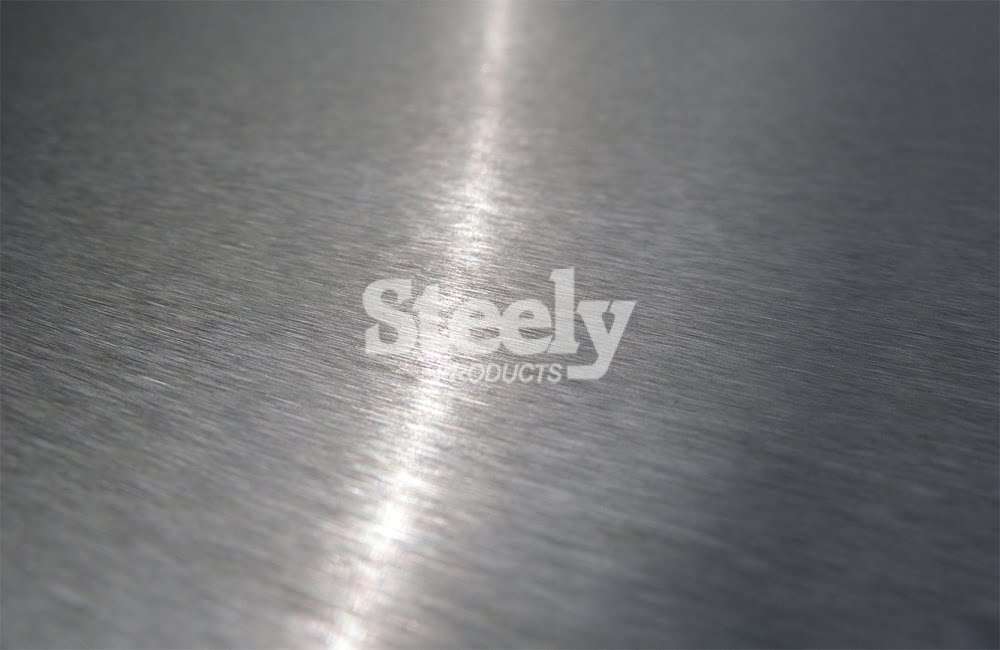Your basket is currently empty!

Tata Steel UK is using microscopic bacteria to convert emissions from its blast furnaces into materials that are used in recycled products.
Steel is a major material used to make warehouse equipment, such as storage trolleys, warehouse racks, packing tables and other essential equipment. Steel manufacturers are concerned about the amount of carbon and other emissions during the manufacture of steel and are developing ways to make steel a greener product.
In a pilot project at the University of South Wales, researchers are working with Tata Steel UK at Port Talbot to use billions of minute bacteria to convert emissions from the ironmaking furnaces into material that can be recycled in other products, including food packaging and animal feed.
In a statement, Dr Rhiannon Chalmers-Brown from the University of South Wales said that there are several options being looked at to achieve the goal of net-zero CO2 steelmaking:
“Not only in terms of different steelmaking technologies but also around any opportunities to capture and use the carbon-based process gases.”
The technology the university team have developed passes emission gasses through sewage sludge. The bacterium in the sludge eats carbon monoxide and carbon dioxide. The waste from this process includes volatile fatty acids and acetic acid, which can be used in the manufacture of a range of products, including animal feeds and paints.
This innovative technology is treating blast furnace emissions, but other steel and iron making processes also emit carbon gasses that could be treated with bacteria.
You may also interested in:

Ammonia can be used to make greener steel
A new innovative technology is replacing hydrogen with ammonia in the green steel-making process.
There is a lack of UK green steel production
A report by the Energy and Climate Intelligence Unit (ECIU) has revealed that there are no UK green steel projects at the planning stage, compared to 23 in European Union
